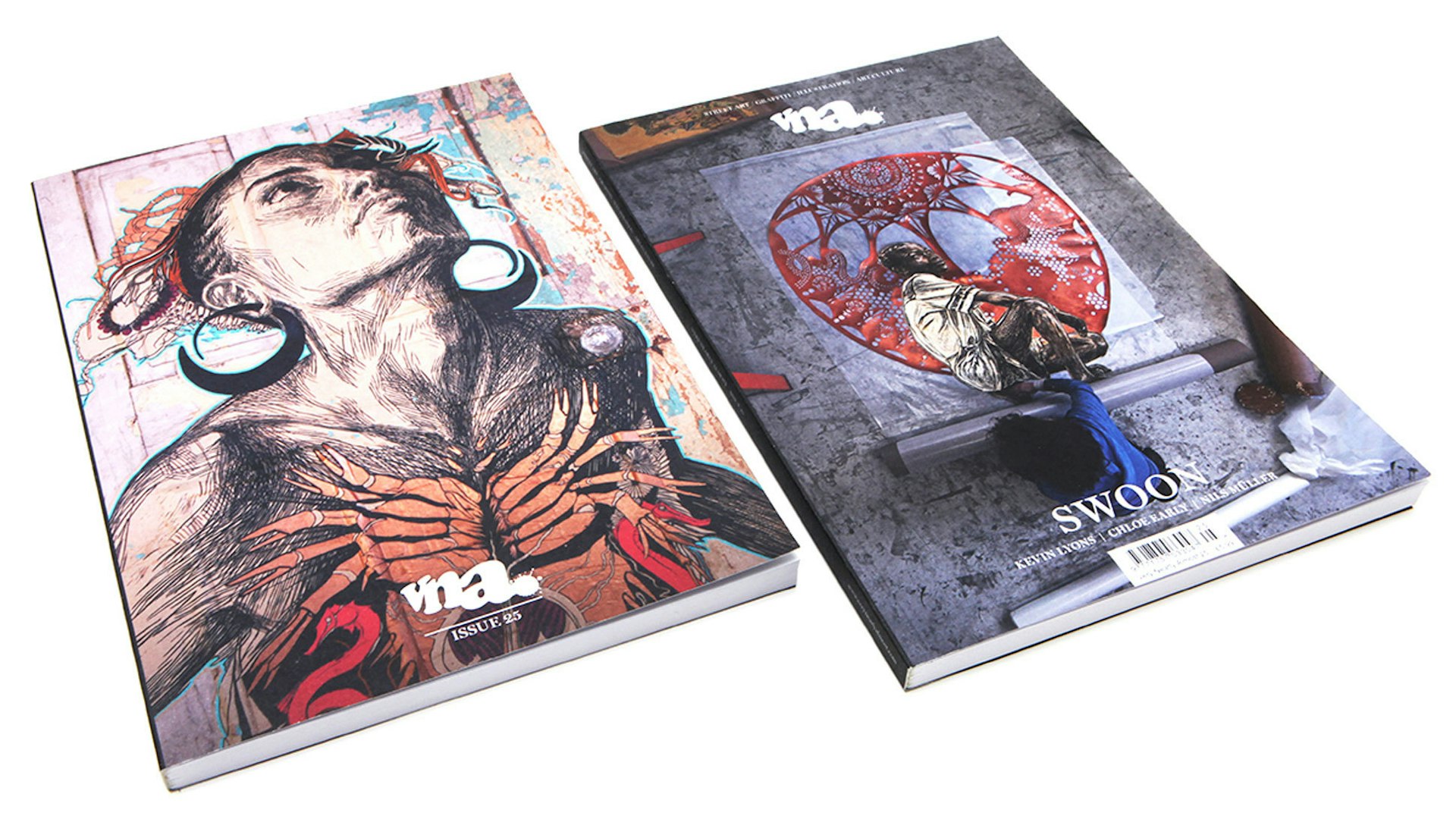
Sign Painters
- Text by Amrita Riat
Once upon a time, every street, storefront, barn and billboard across the land of opportunity featured a public notice brushed on deftly in coat upon coat of quality and individuality. Along with filmmaker Sam Macon, co-director Faythe Levine tracked down more than two dozen of the sign painters accountable for today’s scarce creations, with the aim to make a film about a skilled trade, its attempted murder by inkjet/vinyl technology, and the effort to self-resuscitate.
Along with collaborative shops like San Francisco’s New Bohemia Signs and New York’s Colossal Media’s Sky High Murals, old hands and their acolytes are going solo to bring back the human face behind the typeface, exorcized by contraptions that spit out ink and cut out alphabets in no time with no soul.
Scouring cities stateside, the film profiles the stories, philosophies and styles personal to the characters that make up each remnant of the craft. A contemporary reel that feels relevant in spite of the cowboy hatted personas that feature, Faythe spoke with HUCK about her role behind the scenes as well as what went into and came out of the 80 minute 20 second film.
What do you do when you’re not filming a documentary?
Currently my freelance work revolves around being an independent curator, photography, writing, painting, illustration and educational programming. I spend a lot of time travelling so most of my current work is done on the road.
How did you get interested in sign painting?
Letters have always held my interest. From a young age I was interested in design and layout which was manifested through making zines and flyers for shows. Then I was living in Minneapolis in the late 1990s and some of my friends sought out the local sign painter who ended up taking them under his wing. That was the first time I even knew that job even existed, even though my appreciation for signage already existed. After my first documentary Handmade Nation was done, I was surprised that there was still very little information accessible about the trade. The more I learned the more it interested me and so I approached my friend and now co-director, Sam Macon, about doing the project and it unfolded from there.
Can you tell me a bit about the process?
We followed the story very editorially, starting with the core group of friends I knew growing up who had since all opened full-time sign shops around the country. Through them and their mentors we began our research and established the project online. With the online presence we started to get emails from people all over the country about their own practice, stories about family members, etc. Our largest hurdles were financially rooted – making a documentary as independent filmmakers is a huge commitment.
What was your journey around America like?
Sam and I have both travelled extensively around the States so I think for both of us it was natural to be zipping from coast to coast for interviews. We found that a lot of mid-size American cities had amazing signs due to lack of development, but also hubs like Chicago, New York and Los Angeles will always have old signs that remain through growth.
Why is it important to tell this story? Is it a matter of trying to save the art of hand painted signs?
There are many themes and threads that run through our documentary we feel are equally important. First and foremost is to bring awareness to younger generations that within most of our lifetimes being a sign painter was a viable trade, now hand paint is often considered a novelty (although we think the film proves otherwise.) Then there’s the conversation surrounding the homogenization of urban landscapes being parallel with the lack of human touch. And of course the general topic of process. The hand painted sign industry will never be what it was even if there is a revival, but we know that after watching our movie you will look at the world differently.
There’s a huge feeling of sign painters being undervalued running through the film, are people waking up to the work that went into walls the past 150 years? Is there a ‘renaissance of appreciation’ happening, as Nick Barber termed it?
Absolutely. Personally I believe the current generational interest in process, whether it’s with where your clothes are made, how your food is grown, etc. has a lot to do with why folks are interested in or paying attention to hand painted signage. This renaissance of awareness in general is going to keep a lot of trades alive that would have otherwise slowly faded.
The closing soundtrack, I’m Gonna Tell You by Decibully, really nails the mood of the movie, can you tell me a bit more about it and why it was chosen?
Sam and I choose all the songs for the movie for the same general reason which was we wanted a contemporary film about sign painting – not a throwback piece with old-timey banjo music. The industry is going strong, there have been major potholes along the way but what is apparent is that the interest is there. People want to know how to hand paint and they want their signage hand painted. Now more than ever in the last 10-15 years I think that is happening, and our project was an element of jump starting that boom.
Check out ‘Sign Painters’ the book here and for screening info visit signpaintermovie.com.
Read more about hand painted typefaces in the New New Delhi series featured inside HUCK 042
